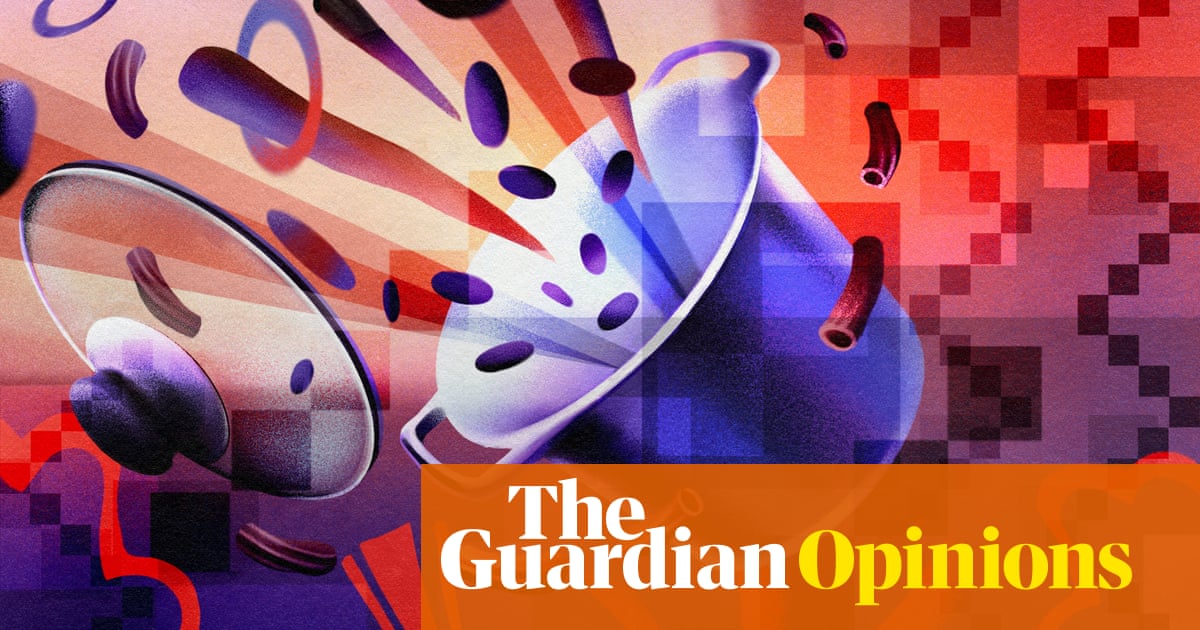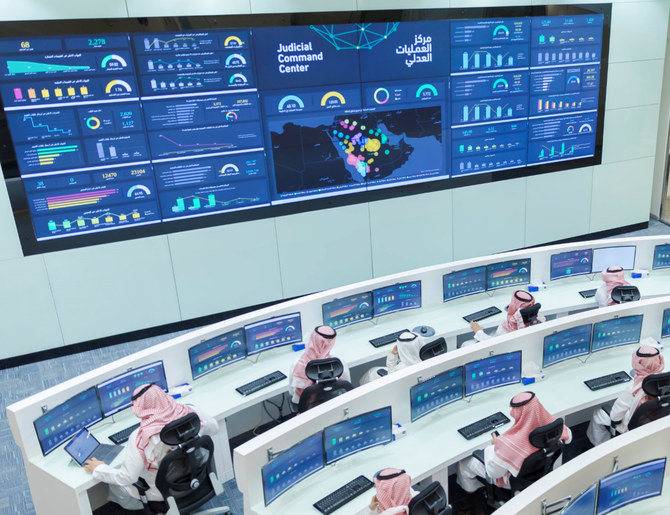
Vulnerability, intimacy, and most of all trust are essential – albeit fraught – parts of our most important relationships. They can bring about the kind of connections that make life rich and meaningful, and they are what allow human beings to truly support one another, but they are also extremely complicated and often challenging to navigate. Through an intergenerational and diverse group of 11 artists, the Whitney’s new exhibit, Trust Me, offers audiences a chance to examine these concepts and their many different sides.
“Something that I hope people will come into the show and hold onto is the idea that trust is not always rewarded,” said Kelly Long, exhibition organizer and senior curatorial assistant at the Whitney. “This is a show about trust and also its failure. Who is the speaker? Who is asking for trust? Who is ordering trust? These are the questions that I hope people will take forward.”
Trust Me does an impressive job of showing audiences the true diversity and range of the photographic medium. Pieces here range from an intimate moment between friends captured by Genesis Báez to the innovative, cross-color processing of Lola Flash to the intricately layered photographs of Muriel Hasbun to the pioneering self-portraiture of Laura Aguilar. Long shared that she was eager to bring to this exhibit a new crop of photographic talent – a big part her purpose was embodying the trust at its center by building just that with a new cohort of artists.
“I’m a young curator entering into relationships with these artists,” Long said, “many of whom are also emerging in one way or another. Being able to find our way together, to offer support to one another and build something with each other – trust is so essential for that, and it’s something I’ve been trying out and figuring out in this exhibition. So it’s been very much a part of the process, and I’ve thought about ways to make that process really joyful and supportive.”
Juxtaposing the work of younger photographers, like Báez and Navajo artist Dakota Mace, with that of more established photographers, like Aguilar, offers a pleasing sense of freshness and serendipity to the exhibition. “I was excited to let poetry drive this exhibit,” Long said. “I wanted to let artists that you haven’t seen on a wall together before speak to each other.”
Three works by the celebrated Chicana artist Laura Aguilar bring gravity to Trust Me. One shows the artist spread out amid a landscape, her body almost merging into the rocks on which she lies, while the other two strike a much more political stance: in 1993’s Will Work For #4, the photographer holds a sign reading “Will Work for Axcess,” while in Plush Pony #2 she adopts a powerfully assertive, confrontational stance while wearing a white, A-line tank.
Rhyming with Aguilar’s works are two works from Jenny Calivas’s more recent series, Self-Portraits While Buried. In these, the presence of the artist is all-but effaced beneath murky waters and thick muds – Calivas seemingly adds her own voice to Aguilar’s themes of womanhood, erasure, and self-creation.
Long shared with me that the friendship between Calivas and Báez, who studied together at Yale, was, for her a largely hidden aspect of the show that added to its poetry and magic. “This is one of the really beautiful relationships in the show, whether or not audiences happen to know about it. We don’t have a label that says that these two artists are dear friends, but there they are, side by side, and that is something that I really treasure.”
Báez, whose art centers Puerto Rican women, offers three prints for the show, among them the delicate The Sound of a Circle. A deceptively simple shot of a girl whispering into another girl’s ear, it was the fruit of a lengthy and protracted struggle. “The Sound of a Circle is a very special work to me,” said Long. “Genesis usually carefully composes her photos, but this is an image where chance has really gotten in and contributed to that magic. Báez spent all day trying to make a photograph of a whisper, but not succeeding. She finally decided to take a break and went out to lunch with her subjects. Suddenly the sunlight just poured in, Genesis shoved all the plates aside, and she made this stunning, arresting, perfect image.”
Báez also contributes Crossing Time, an enigmatic photo whose subject seems to hold a string up to her own shadow, and and Parting (Braid), another enigmatic and ethereal shot of a woman braiding another woman’s hair. These snaps offer intimacy in the more classic sense, bringing alive our five senses in an uncommonly powerful way.
It’s this sensuality and embodiment that Long is eager to explore in Trust Me. “I think it’s no surprise that we’re craving intimacy after being separated from each other for so long,” she said. “There seems to be a particular urgency – maybe it’s curatorial urgency, or audience-driven urgency, as much as it is urgency that the artist themselves are expressing. It’s what we’ve all just lived through and are continuing to live through, finding each other and making meaning in this confusing world we’re inhabiting. It’s a different world, and I think people are entering museums in a slightly different way and looking for something slightly different.”
According to Long, the choice to make the show entirely of photographs added dimensions of her exploration of trust and intimacy. “There’s something very immediate about photography. Offers something very particular when thinking through intimacy. We all have a relationship with photography. There’s something very familiar and very easy about engaging with images of this kind, even when the content of these images may not be easy at all.”
Long also shared that she sees potential in photography to address deep ethical questions about art and to examine notions of redress for historical wrongs. That makes her excited to share Trust Me with the public and, hopefully, build trust.
“Any time you make a picture of someone or something, you’re entering into an ethical contract,” she said. “Photography has a really violent history of being used to categorize people - marginalized people - to really do violence. The artists here are working in ways that are recuperative, restorative, to offer new visions of reciprocity and build capacity. I think that’s an incredibly beautiful thing and a really beautiful moment for photography.”
Trust Me is now on view at the Whitney museum in New York until February 2024












